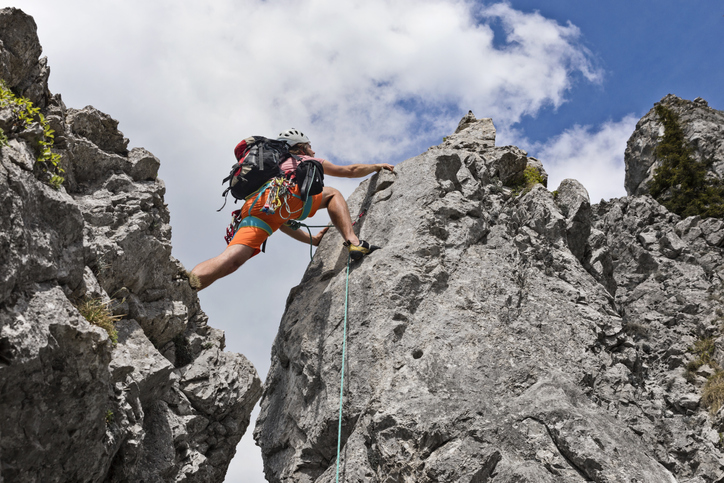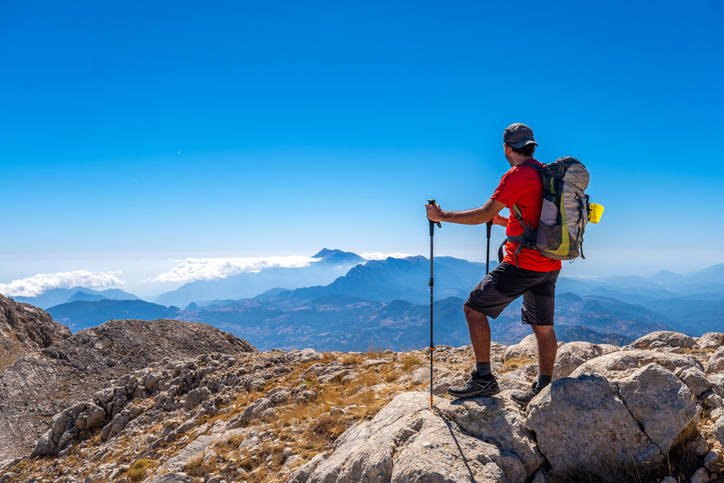Yellowstone National Park, with its geysers, wildlife, and vast wilderness, is a fantastic destination for a family adventure. However, planning a trip to such a large and diverse park can be overwhelming, especially when traveling with family. This guide offers essential tips to ensure your Yellowstone family trip is not only successful but also filled with unforgettable experiences and fun for all ages.
Plan and Book in Advance
Securing Your Spot
- Accommodations: Yellowstone’s lodging and campgrounds fill up quickly, especially in summer. Book well in advance to secure your preferred spot.
- Itinerary Planning: Research and plan your itinerary ahead of time. Consider the park’s size and the driving distances between major attractions.
Pack for All Weather
Preparing for Yellowstone’s Unpredictability
- Layered Clothing: Weather in Yellowstone can be unpredictable. Pack layers including a waterproof jacket, warm sweaters, and comfortable walking shoes.
- Sun and Insect Protection: Don’t forget sunscreen, hats, and insect repellent.
Safety First
Respecting Wildlife and Geothermal Areas
- Wildlife Viewing: Enjoy wildlife from a distance. Never approach or feed animals.
- Geothermal Safety: Stay on designated boardwalks and trails in geothermal areas. The ground can be unstable, and the water is dangerously hot.
Include Educational Activities
Making Learning Fun
- Junior Ranger Program: Participate in the Junior Ranger Program, which offers educational and engaging activities for kids.
- Visitor Centers: Visit the park’s visitor centers to learn about Yellowstone’s geology, wildlife, and history through interactive exhibits.
Balance Hiking with Other Activities
Keeping Everyone Engaged
- Diverse Trails: Choose from a variety of trails, from easy boardwalks to more challenging hikes. Consider everyone’s ability and interest.
- Boat Tours and Scenic Drives: Mix up hiking with boat tours on Yellowstone Lake or scenic drives like the Grand Loop Road for diverse experiences.
Plan for Meals and Snacks
Staying Nourished and Hydrated
- Packing Food: Bring plenty of snacks, water, and picnic supplies. Dining options in the park can be limited and crowded.
- Cooking Options: If staying in a campground or cabin, consider bringing portable cooking gear for a fun family cookout.
Technology Use
Balancing Screen Time with Nature
- Photography: Encourage kids to take photos as a way to engage with their surroundings.
- Limiting Gadgets: While it’s tempting to use gadgets, try to limit screen time to fully immerse in the natural beauty.
Keep a Flexible Schedule
Adapting to the Unexpected
- Unpredictable Factors: Be prepared to change plans due to weather, wildlife sightings, or geothermal activity.
- Relaxing Time: Don’t overpack your schedule. Allow for downtime to relax and soak in the surroundings.
Consider Guided Tours
Gaining Expert Insights
- Educational Tours: Guided tours can provide educational insights about the park’s ecosystem and history, enhancing your experience.
- Variety of Tours: Choose from wildlife tours, geothermal area tours, and more, depending on your family’s interests.
Leave No Trace
Preserving Yellowstone’s Beauty
- Environmental Responsibility: Teach your family about the importance of leaving no trace to preserve the park for future visitors.
A family trip to Yellowstone is an opportunity to create lasting memories, explore nature, and learn about the environment. By planning ahead, staying safe, and being flexible, your trip can be a rewarding experience for the entire family. Embrace the adventure, respect the natural wonders, and enjoy the unparalleled beauty of Yellowstone National Park!






